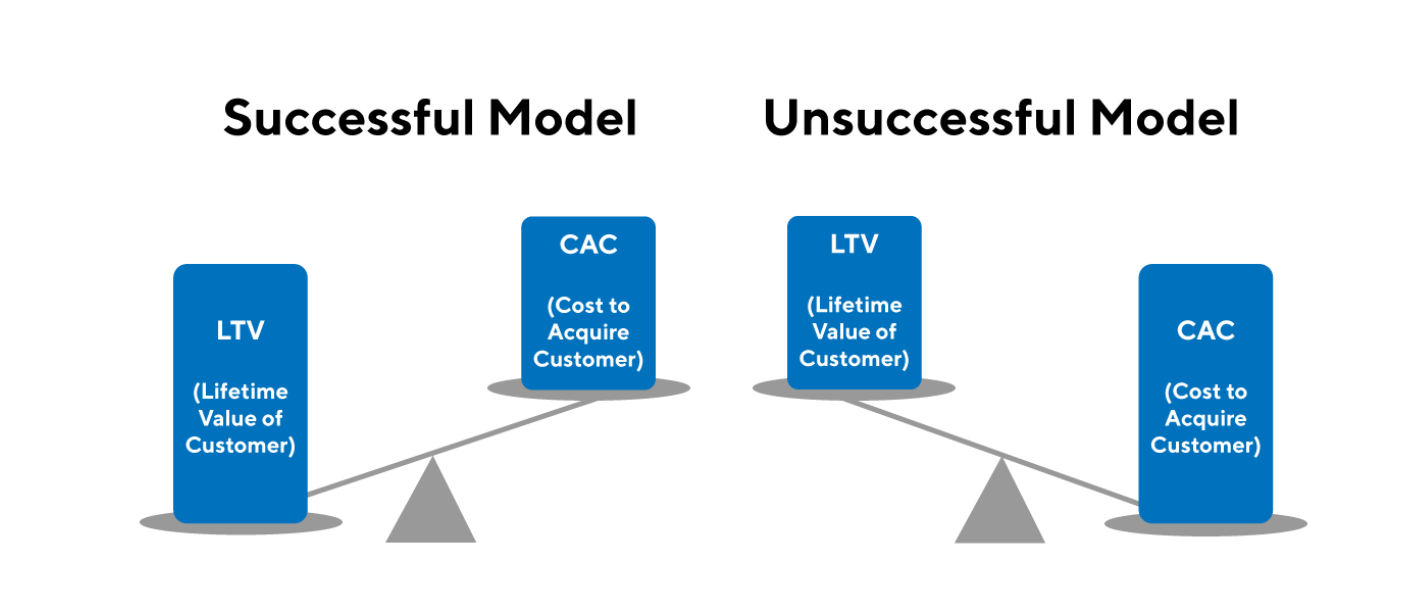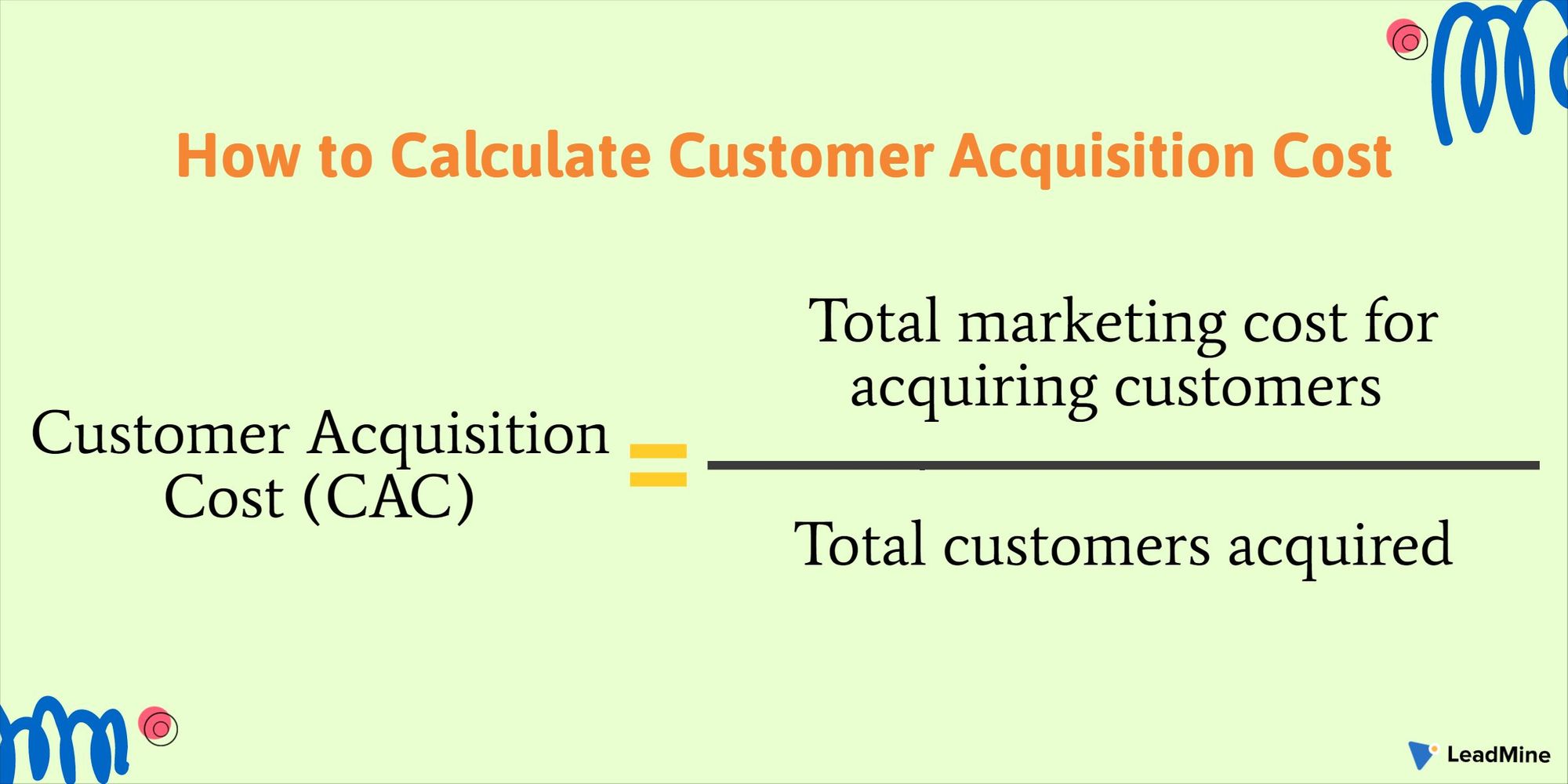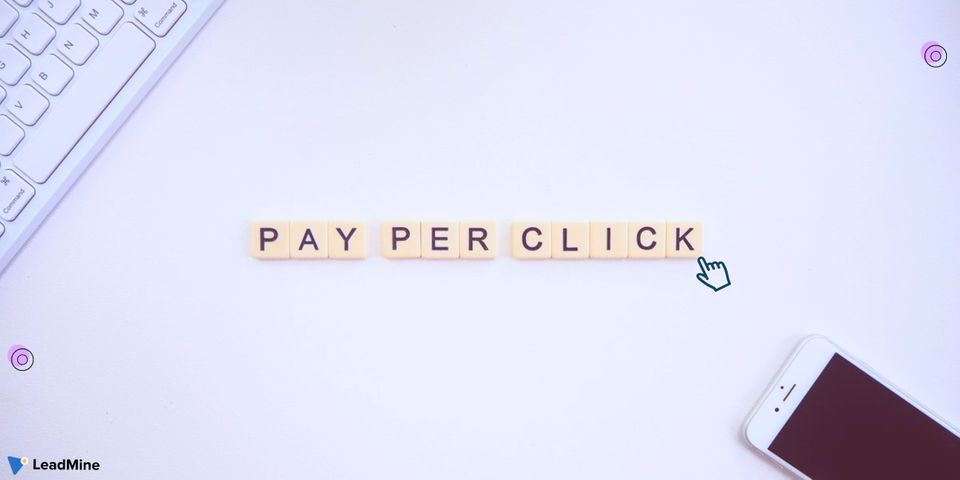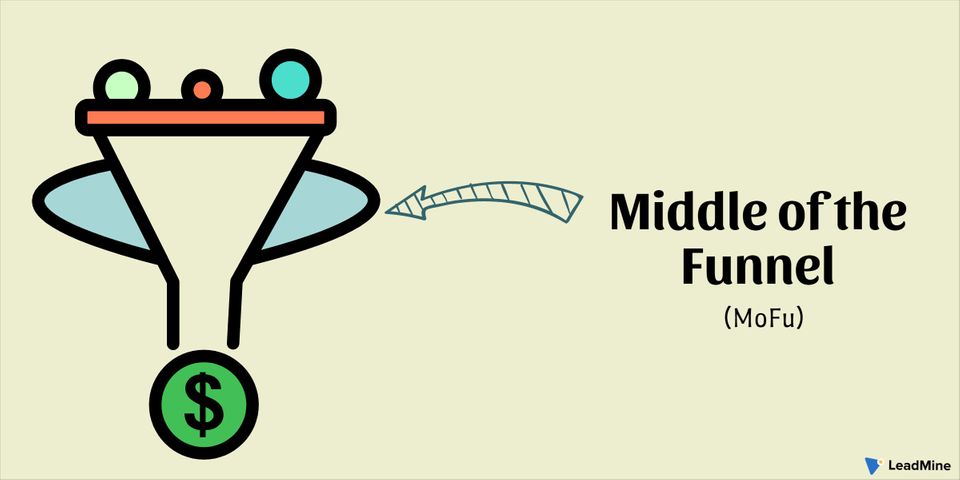One of the crucial business metrics used by all companies around the world is customer acquisition cost (CAC). It helps to gather the resources that are needed for a business to attract new customers and increase its growth. If you want your company to expand its customer count and make more profit, then it is important to understand what CAC stands for.
We will cover the followings:
- What is Customer Acquisition Cost?
- Formula for CAC
- How to Calculate CAC, Correctly?
- How to Reduce CAC
- Summary
What is Customer Acquisition Cost? 💡
Customer Acquisition Cost (CAC) is the cost company gets if their prospects purchase their product or service and convert into loyal customers. In unit economic, CAC is often related to CLV (customer lifetime value).
Using customer acquisition cost, any company can calculate how much they are spending on getting each customer. It shows a clear chart about the money spent on sales, marketing, salaries, and other things to get a customer. So it’s good to keep an eye on CAC to keep your business under control.
For example, if you spent $500 to get a new customer with an expected LTV of $300, it would drain $200 per customer to get. Literally, no company would do that.
Cost acquisition cost combined with LTV (Loan To Value) is a frequently compared metric, particularly for SaaS companies. It helps companies to manage their expense, see their growth, predict their future strategy, and expand their business.

Formula for CAC 🤔
There is a simple and complex method for calculating CAC.
Simple method 🙂 – Divide the total marketing costs to acquire new customers by the total number of customers acquired in a defined period.
CAC = MCC / CA
Such that,
- CAC – Customer Acquisition Cost
- MCC – Total marketing cost for obtained customers
- CA – Total customers acquired

The complex method 😰 – in addition to the costs incurred in marketing, it includes sales and marketing allowance, software costs for sales and marketing with all additional professional such as consultants, designers, etc., as well as other costs.
CAC = (MCC + W + S + PS + O) / CA
Such that,
- CAC – Customer Acquisition Cost
- MCC – Total marketing cost for obtained customers
- W – Wages connected with sale and marketing
- S – Sales and marketing associated software cost
- PS – Additional professional service in sales and marketing
- O – Other costs associated with sales and marketing
- CA – Total customers acquired
How to Calculate CAC, Correctly? 🤓
CAC is a vital element in figuring how well your company is performing so far and what can do in the future to improve the business. Hence, it is crucial to ascertain how to correctly calculate it.
First, determine the extent of time that you want to evaluate. You can take this on a monthly, quarterly, or yearly basis. This will help you to get a clear view of your scope a little.
The next step, add your total expenses from the marketing section and then add it to the total expenses from the sales section. Then, get hold of the number of customers that you have acquired during this time frame. After that, add the total expense acquired by marketing and sales and then divide the sum by the number of acquired customers.
For example, you had a total sales expense of $4,000 and $5,000 on marketing expenses and you could generate up to 900 new customers. Let’s assume the total time period is one fiscal year. With all the values we have, the CAC of your company would be:
CAC = ($4000 + $5000) / 900
CAC = 10
The lesser your CAC value, the better it is for your company. This metric will also help your insights about your overall marketing campaigns, sales, and customer satisfaction level.
How to Reduce CAC 🧐
There are few different ways to improve your customer acquisition cost to bring LTV 3 times more than CAC (3:1). Here are a few tactics to work towards:
- Invest in CRO (conversion rate optimization) 🤑
Make sure you made the process simple and quite straightforward for a visitor to convert into a lead, and for lead to convert into customers and make them purchase on your product or service. Optimize your website for mobile form submission and purchasing, test your website copy to make sure it is as clear as possible, and try to create a touchless sales process so that your visitors or customer can buy from you 24/7.
- Add Extra Value 😇
Increase customer value by giving your customer what is valuable to them. Collect feedback from customers regularly and whether it is a product fix, a new feature, or a complementary product offering, do your best to give customers what they are asking for to make them stick with you for the long-term.
- Implement a Customer Referral Program 😁
If your customer refers you to their friend or colleagues such as a warm lead from their circle who is already interested in knowing about your product or service. This type of customer’s CAC will be $0 if they convert. these free customers will lower your CAC over time, so build a customer referral program so that your customers will participate and help you to grow your business.
- Streamline Your Sales 🤫
Decrease the time period of a typical sales cycle to increase the number of sales that you can influence over the course of a year. Use lead generation tools to connect with more qualified leads more effectively.
Like LeadMine, we provide qualified leads to give more value to your business and also increase your sales rate. Sign-up right now to access our free plan.
Summary 😇
It is extremely important to break down your cost of acquisition and segregate what matters. There might be differences in costs that did not necessarily lead to any revenue. Just expect and accept the costs that have a direct correlation to your revenues.
Customer acquisition cost (CAC) is an important metric that should not be avoided if you are thinking to improve your business. It helps you to learn about how good, bad, or ugly that you are performing financially. Hopefully, this blog has helped you to learn more about CAC. Also, share your thoughts about CAC with us at LeadMine.





